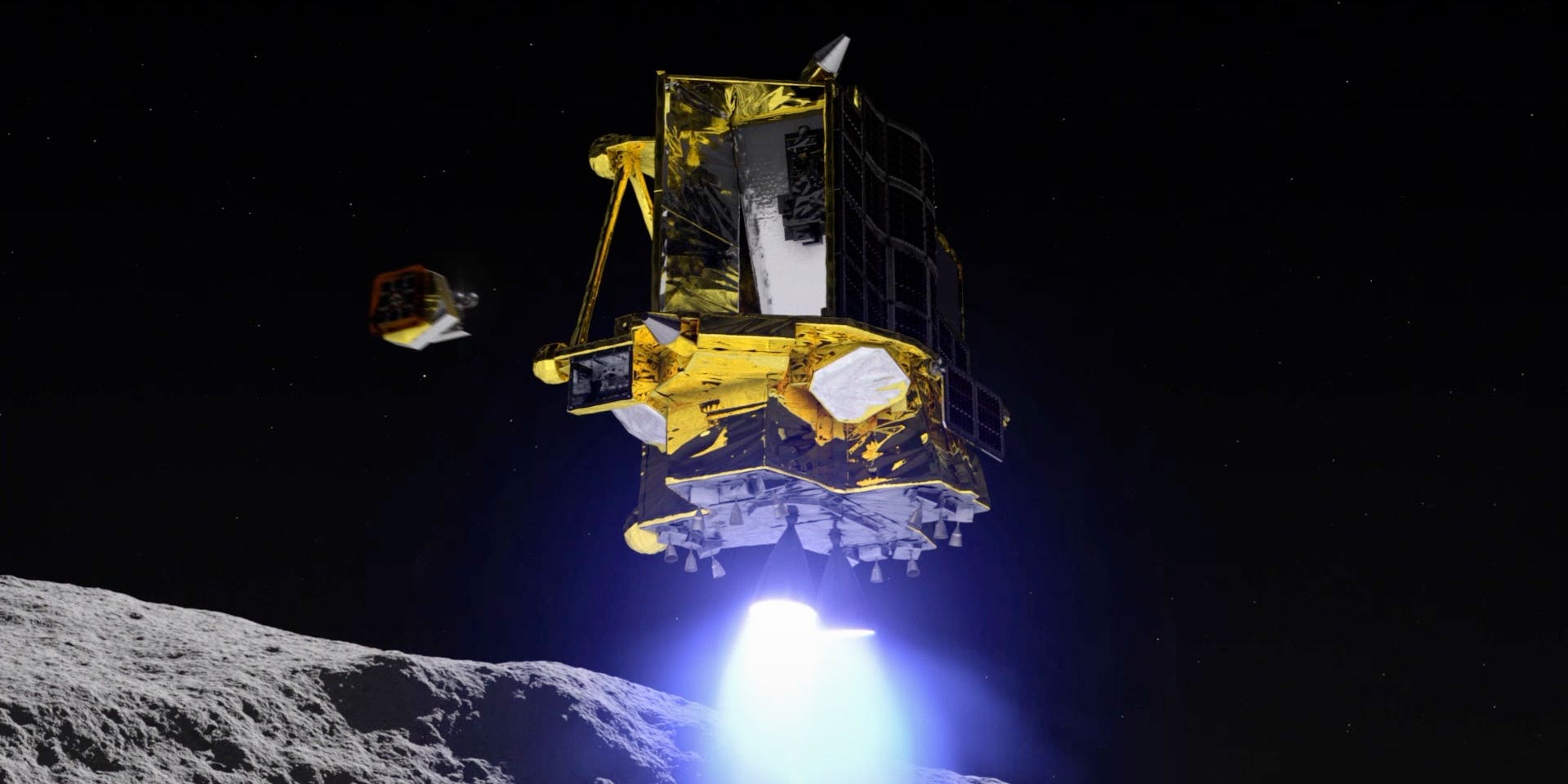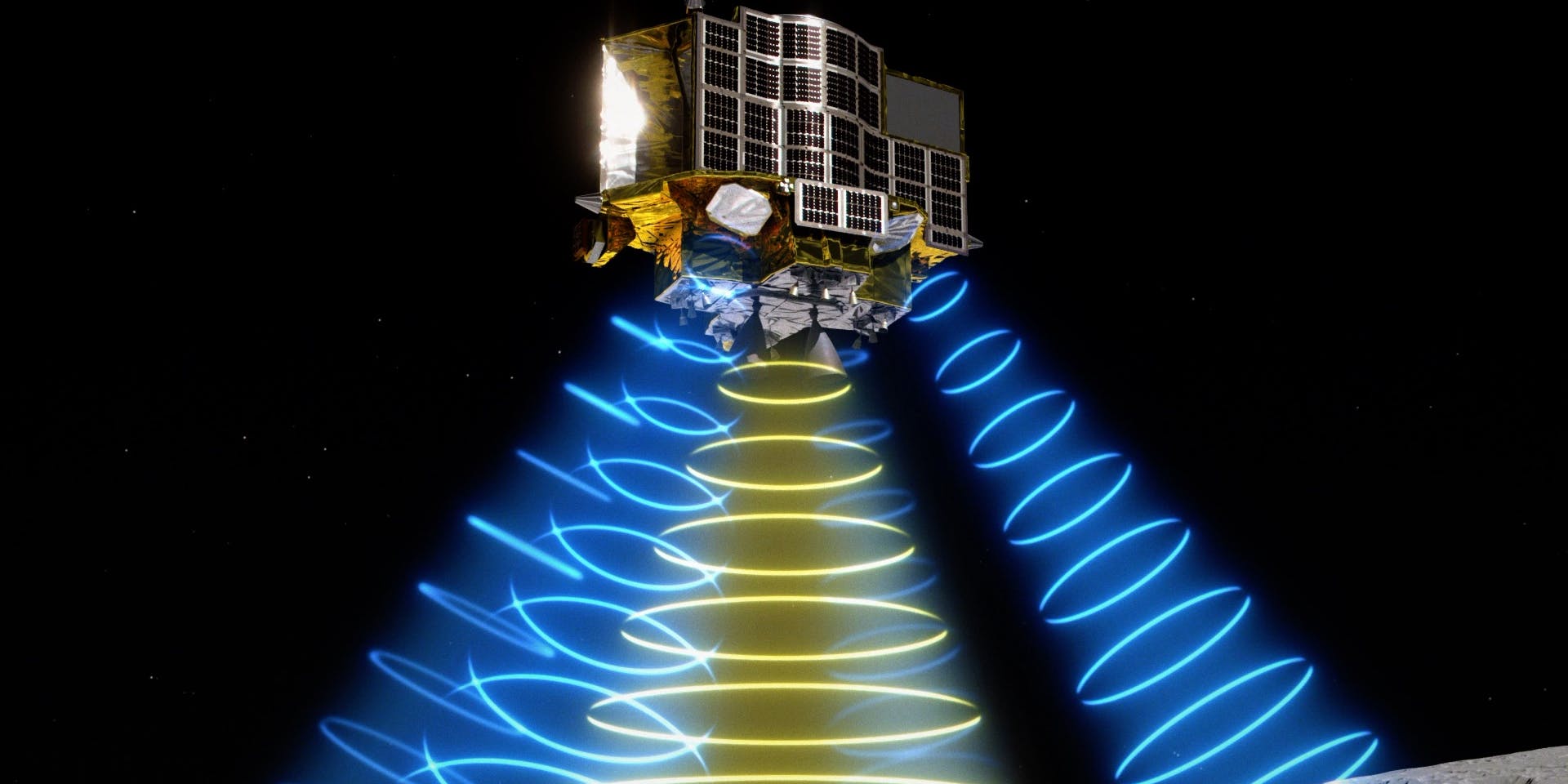Moonlanding imminent...

A spacecraft landing on the Moon is a rare, highly anticipated, event usually reserved for the major space powers. The start of the new year promises two such landings, as well as one that may fail.
It all started with a paper napkin that Steve Altemus picked up from a Washington restaurant table in 2012 while discussing his ambitious professional projects with his engineer friend Kam Ghaffarian.
On the napkin, the deputy director of NASA's Johnson Space Center scribbled the basics of his dream. A year later, Altemus left the prestigious US government agency to found Intuitive Machines.
The company initially applied technologies from manned spaceflight to various sectors on Earth and in 2018, the company's fortunes changed.
NASA then tasked Altemus with developing a lunar lander called Nova-C, which will carry equipment to the Moon's surface as part of the Artemis program, which aims to send astronauts to the Moon in 2026.
The four-m (13-ft) tall space vehicle, weighing close to two tons, will be transported aboard by Space X's Falcon 9 rocket in mid-February.
In addition to its primary mission, the spacecraft will also serve as a scout in preparation for astronauts returning to the Moon. This will be the first American lunar landing since the last Apollo mission in 1972. Intuitive Machines will also be the first commercial company to fly a spacecraft to the Moon.

Astrobotic Technology, on the other hand, is unlikely to achieve the feat of successfully landing its NASA-commissioned Peregrine lunar lander on the Moon.
The lander carries scientific instruments, a physical Bitcoin, messages from 185,872 children worldwide, DNA samples, and portions of the cremated remains of former US presidents and science-fiction writer Arthur C. Clarke.
The scheduled landing on February 23 is now unlikely to happen due to technical malfunctions, notably in the propulsion system. The lander could very well end up as floating debris in space.
The SLIM (Smart Lander for Investigating Moon) space probe developed by the Japanese JAXA space agency, is expected to land on the lunar surface with high precision.
The mission's exact purpose is currently unknown. This 2.7-m (9-ft) long and 730-kg (1,600-lb) spacecraft is capable of landing in a targeted region with a margin of error of less than 100 m (330 ft).
On January 20, It will beat Intuitive Machines to the Moon's surface. The scientific MBC (Multi-Band Camera) will analyze the absorption spectrum of surrounding rocks to determine their composition.
Japan will become the fifth country to successfully land a spacecraft on the Moon's surface, following in the footsteps of the US, Russia, China, and India.